Bulbs are an excellent addition to any landscape or garden because of their wide range of bloom colors, flowering duration, plant height, and shape.
Are you curious if these bulbs can grow through ground cover? You are on the right page, then! Here is what we discovered after researching this subject to assist you in finding the answer to your query.
Bulbs can grow through ground cover as long as they meet the conditions. Moreover, interplanting bulbs with ground cover is feasible and a great idea to improve the color of your garden.
Some bulbs that are compatible to plant with ground covers include:
- Daffodils
- Dahlias
- Fritillaria
- Grape Hyacinth
- Lilies
- Tulips
- Scilla
In this article, we’ll thoroughly discuss the bulbs' capability to grow with ground cover. We'll also briefly describe the bulbs above, some recommended ground covers, and some tips for growing ground covers and bulbs together. Now keep reading!
Will Bulbs Grow Through Ground Cover?
Rapidly emerging spring-blooming bulbs add a welcome splash of color after the winter while also helping to cover barren soil with their leaves.
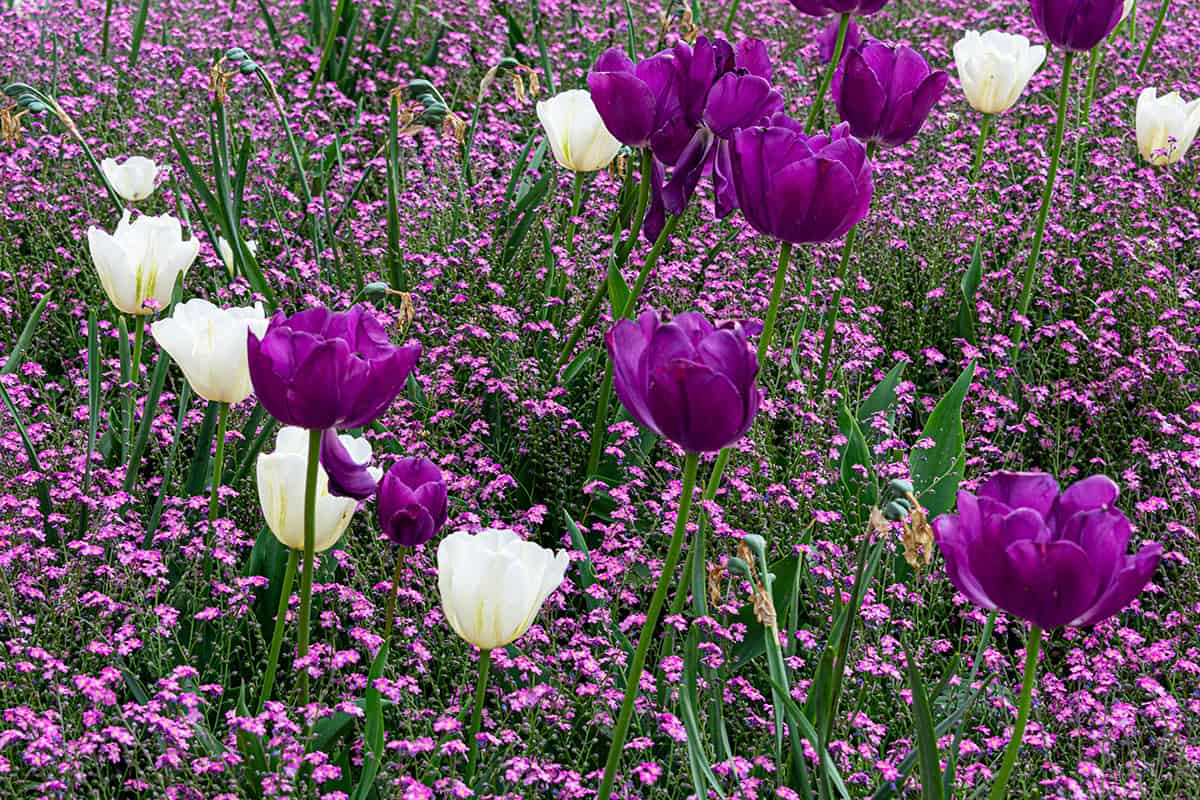
Preparing ahead of time is crucial to fill in the gaps as the leaves on the majority of hardy bulbs fall off in the early summer.
Interplanting annuals and perennials among bulb clusters are possible.
The relationship between ground covers and bulbs is even greater because the bulbs will grow straight through the ground cover, blossom, and then vanish until the following year.
The majority of cultivars may compete favorably with perennial groundcovers. To reduce competition with the bulbs, pick an open ground cover with shallow roots.
They are not particularly sensitive to spacing and competition because they are descended from wild plants that flourished among native grasses.
These flowers will cheerfully poke through the surrounding ground covers to show off their blooms.
Some of these bulbs are:
Daffodils
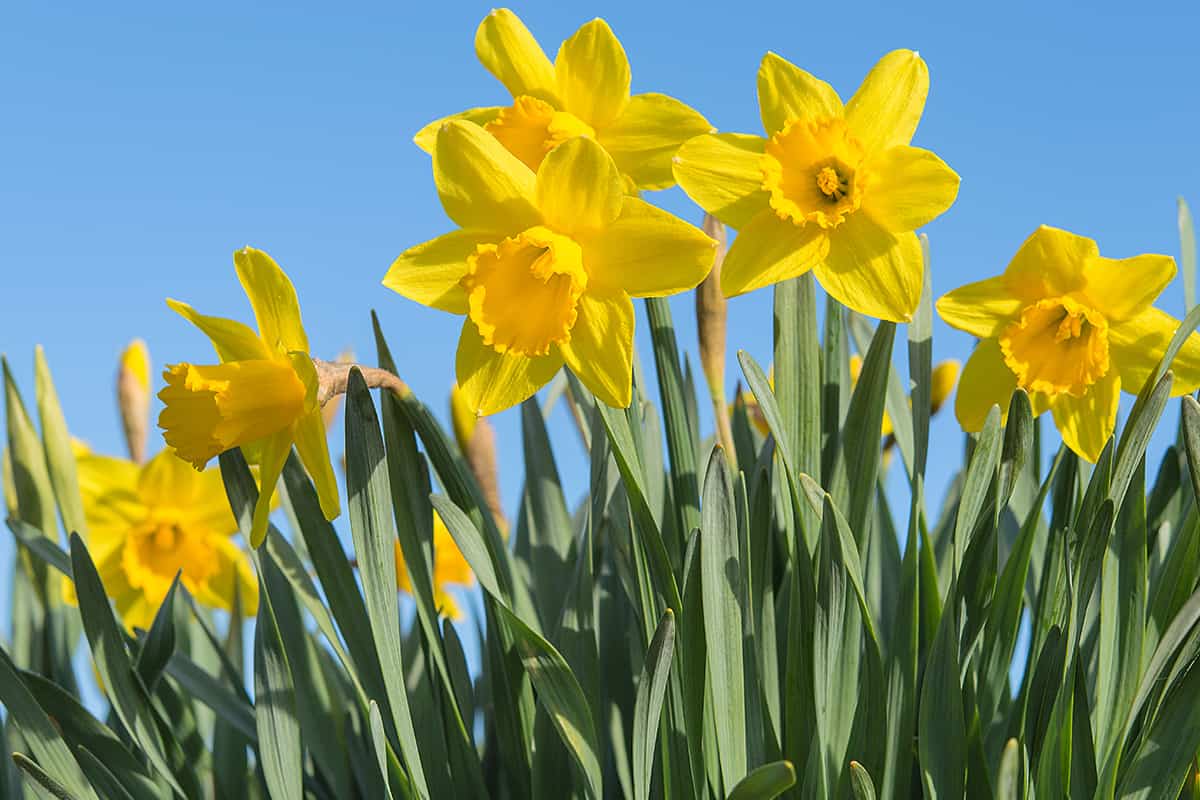
Hardy perennial daffodils grow and spread annually, frequently becoming wild. They are a bulb often planted in the fall, and their blossoms bloom in late winter or early spring.
Daffodil blossoms can be colorful, ranging from light pink to white and yellow.
Dahlias
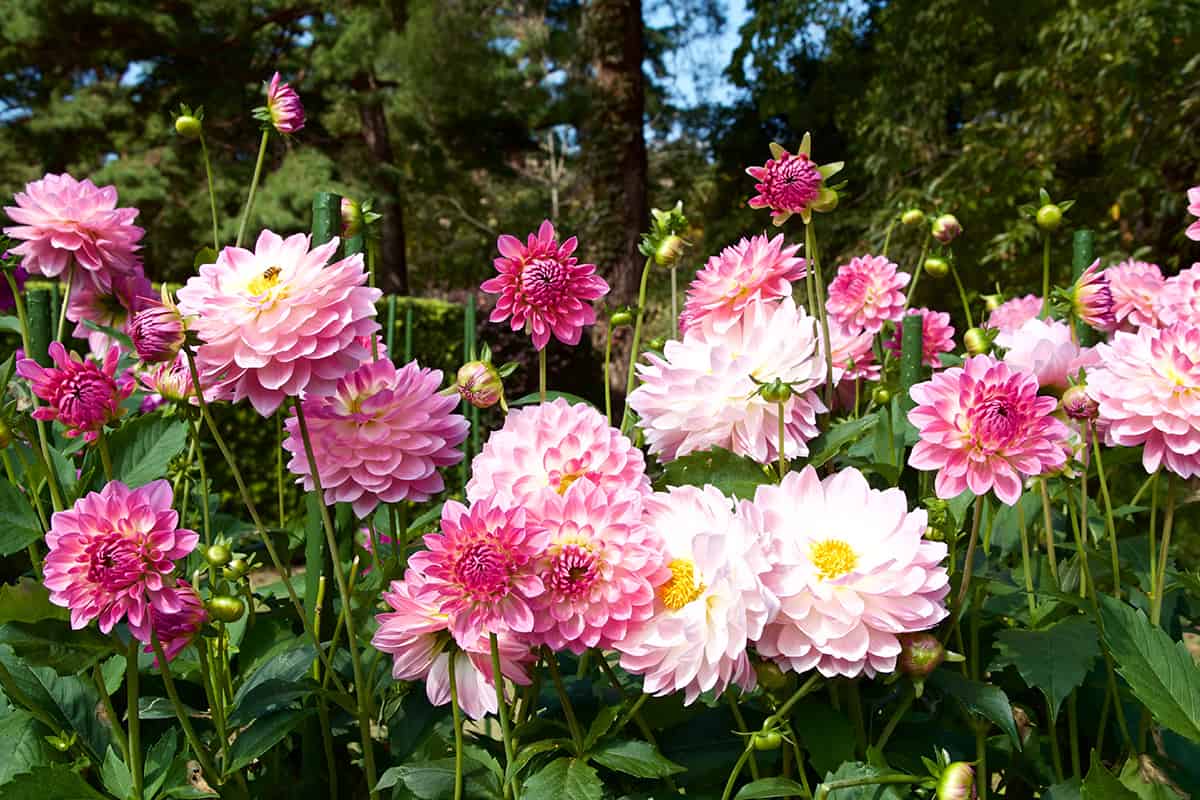
Most cultivars grow 4’ to 5’ tall, but the flowers can be as big as gigantic 15” dinner plates or as small as 2” lollipop-style pompoms.
Dahlias come in various stunning colors, including white, yellow, orange, pink, red, lavender, dark blend, etc.
Fritillaria
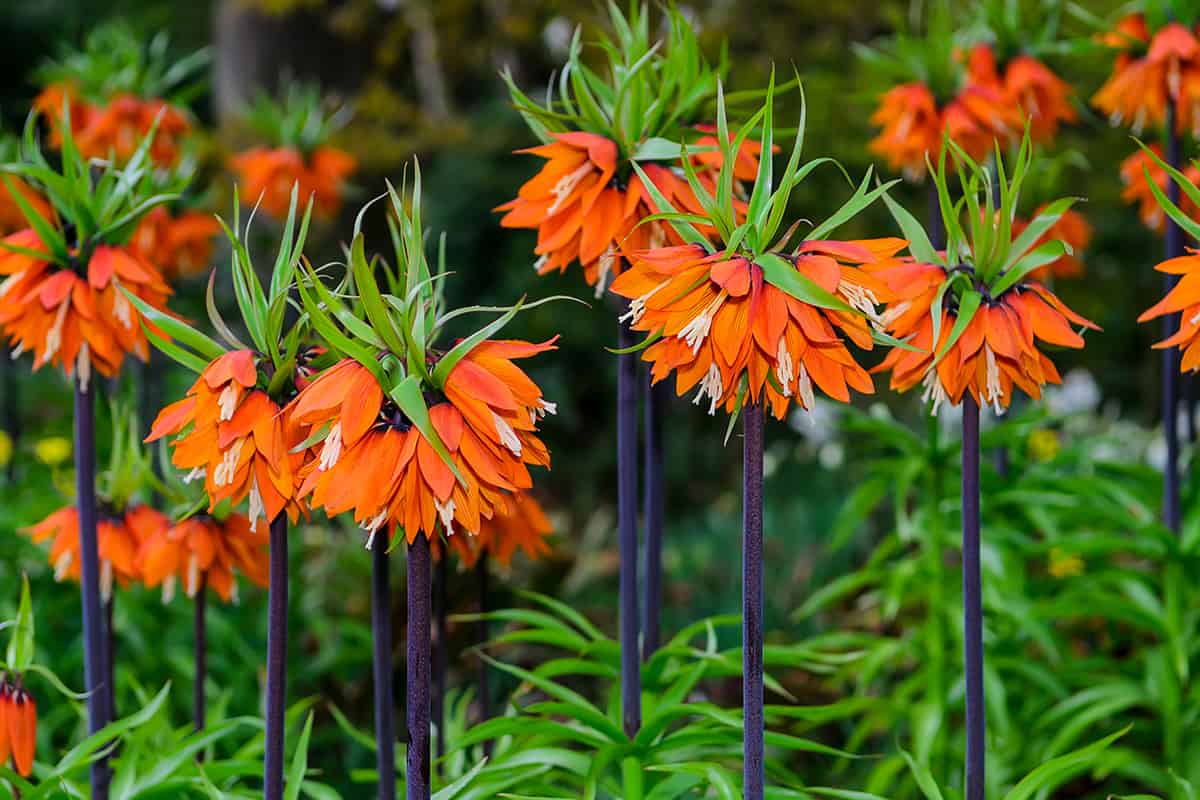
Unlike other spring bulbs, these have a more formally decorative appearance and offer a wide array of bell-shaped blossoms. Its bulbs planted in the fall quickly grow roots after planting.
Grape Hyacinth
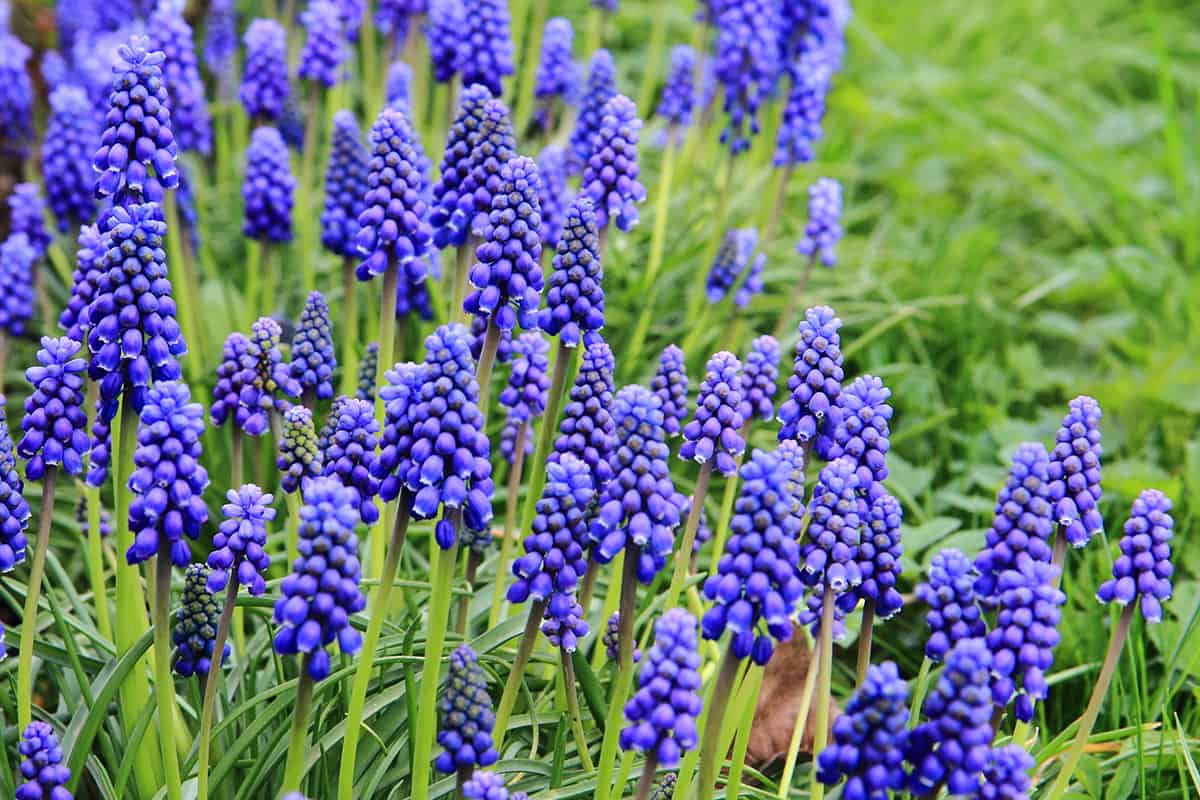
It is also known as Muscari and grows clusters of blue flowers on stalks 6” to 9” tall.
In contrast to many other spring-blooming bulbs, the foliage falls back after flowering in the early summer but continues to thrive during mild winters.
Lilies
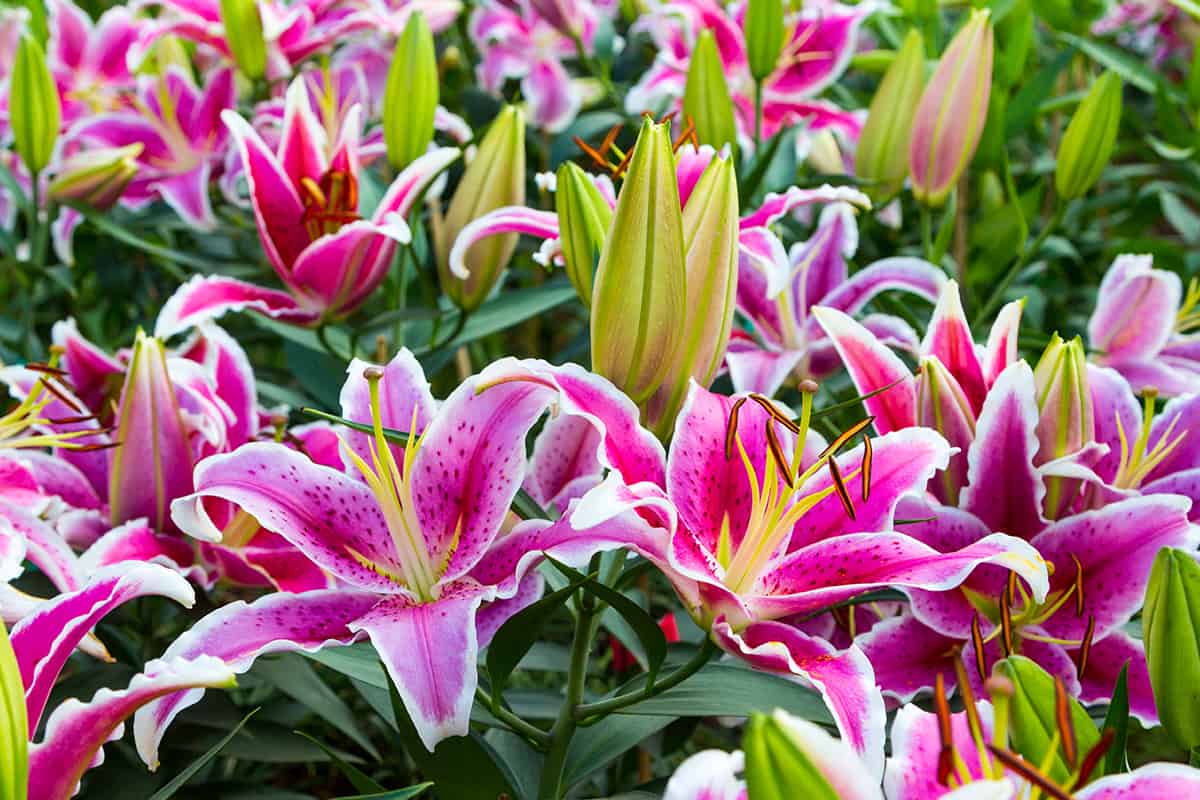
It offers a delicate air of elegance and fragrance to any garden and blooms from the beginning of summer to the end of the season. They are available in various stunning colors, including pink, red, gold, orange, and white.
Tulips

In late winter or the first few weeks of spring, tulips usually start to emerge from the ground. The flowers are typically large, spectacular, and vibrantly colored, either red, pink, yellow, or white.
Scilla
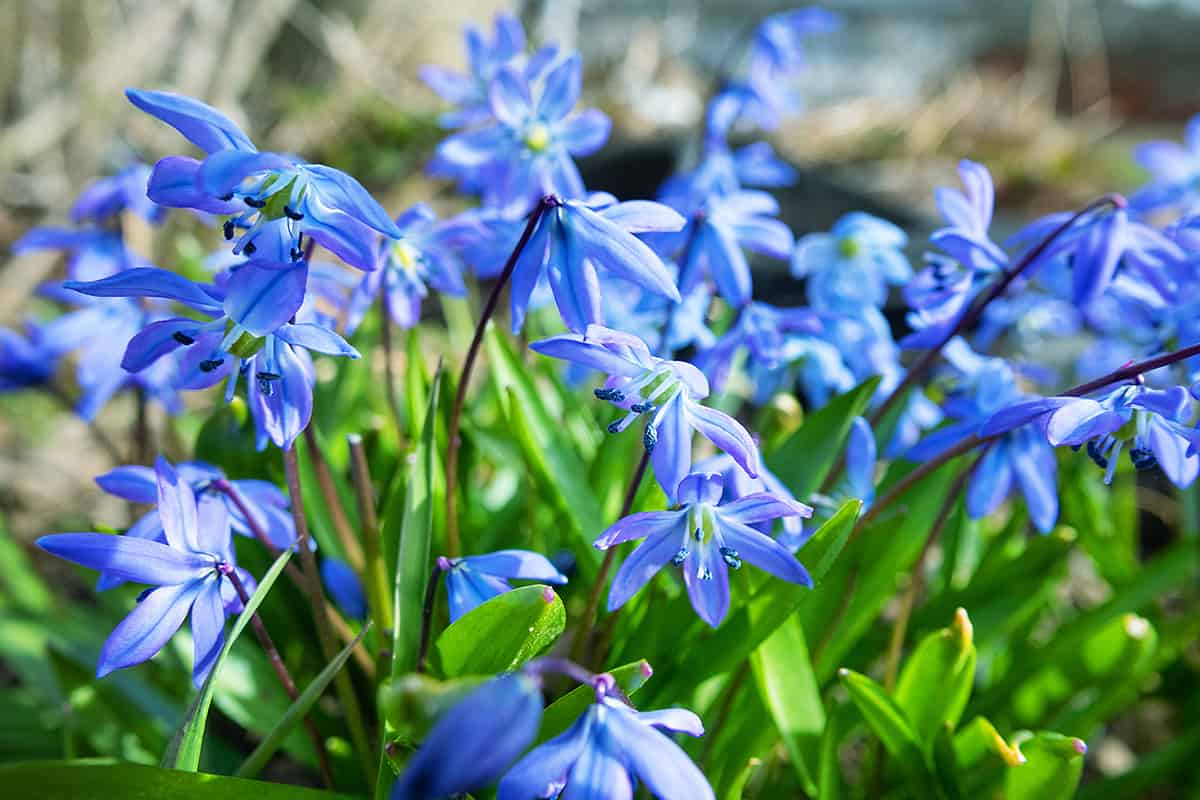
It is also known as squill. Each bulb produces several stalks capped by delicate blue blossoms resembling little parasols.
The blossoms, which are only 4" tall, are affected by abundance rather than size. It blooms in the early spring and is tolerant of cold winters.
What Ground Cover Species Should I Plant With Bulbs?
If you put a bag of spring bulbs by themselves in the ground without any other plants around them, they will undoubtedly appear a little lonely in the coming spring.
Perennials, shrubs, groundcovers, and bulbs should all be planted together since their vibrant blossoms and leaves complement one another.
When selecting plants to bloom with bulbs in the spring, aim for ones that will do so roughly at the same time. Also, please consider the heights of both plants while they are in bloom to prevent cross-coverage.
Place them far enough apart to prevent crowding but keep them close enough to be regarded as a pair.
If the bulbs are the kind that comes back year after year, choose groundcover plants or perennial companions that don't need to be divided frequently to prevent disturbing the bulbs.
The following are some groundcover or hardy spring-blooming plants that go well with bulbs:
Azaleas
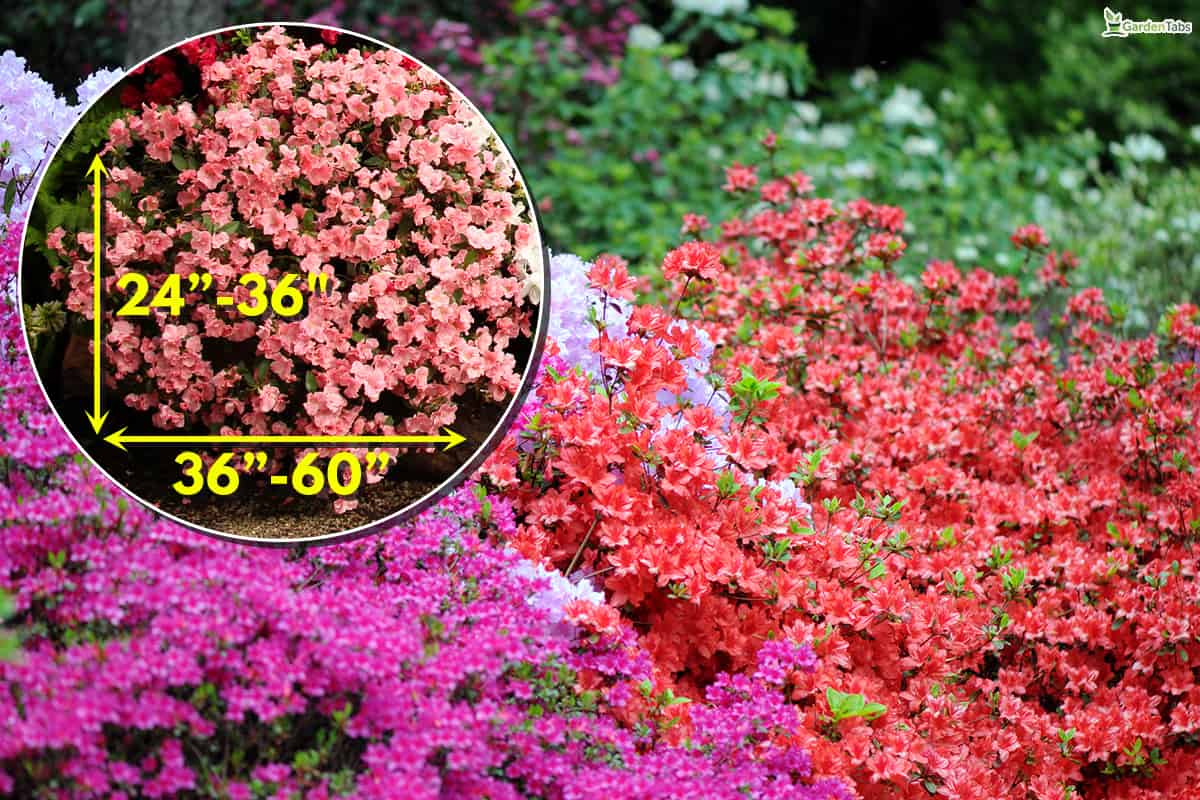
Combining spring bulbs with early flowering plants like azaleas will produce a vibrant display color.
Its vibrant pink, purple, red, or white blossoms go well with any bulb color, especially with bright yellows and rich purples.
You can have flowers in the spring, summer, and fall if you cultivate reblooming types like Perfecto Mundo. Hardier spring-blooming azaleas are also excellent bulb companions if you reside in the north.
- Light Condition: full sun to partial shade
- Zone: 6b-9
- Spread: 36”-60”
- Height: 24”-36"
Spring Phlox
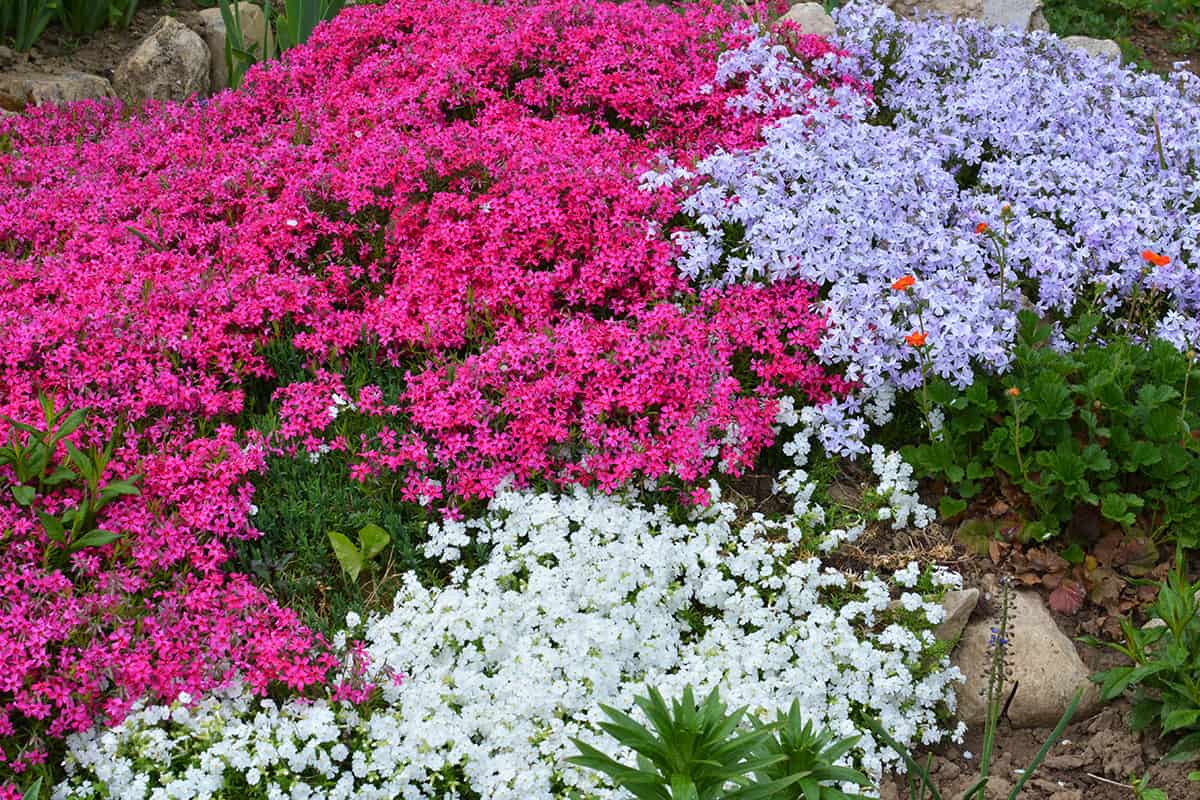
Beginning in mid-spring, when spring bulbs are at their best, creeping phlox and its hybrid relatives grow very short, thick cushions of finely textured foliage that are entirely covered in vibrant pink, purple, or violet flowers.
These would create a spectacular spring display in your yard.
- Light Condition: full sun
- Zone: 3 or 4-9
- Spread: 18”-24”
- Height: 4”-6”
Lungwort
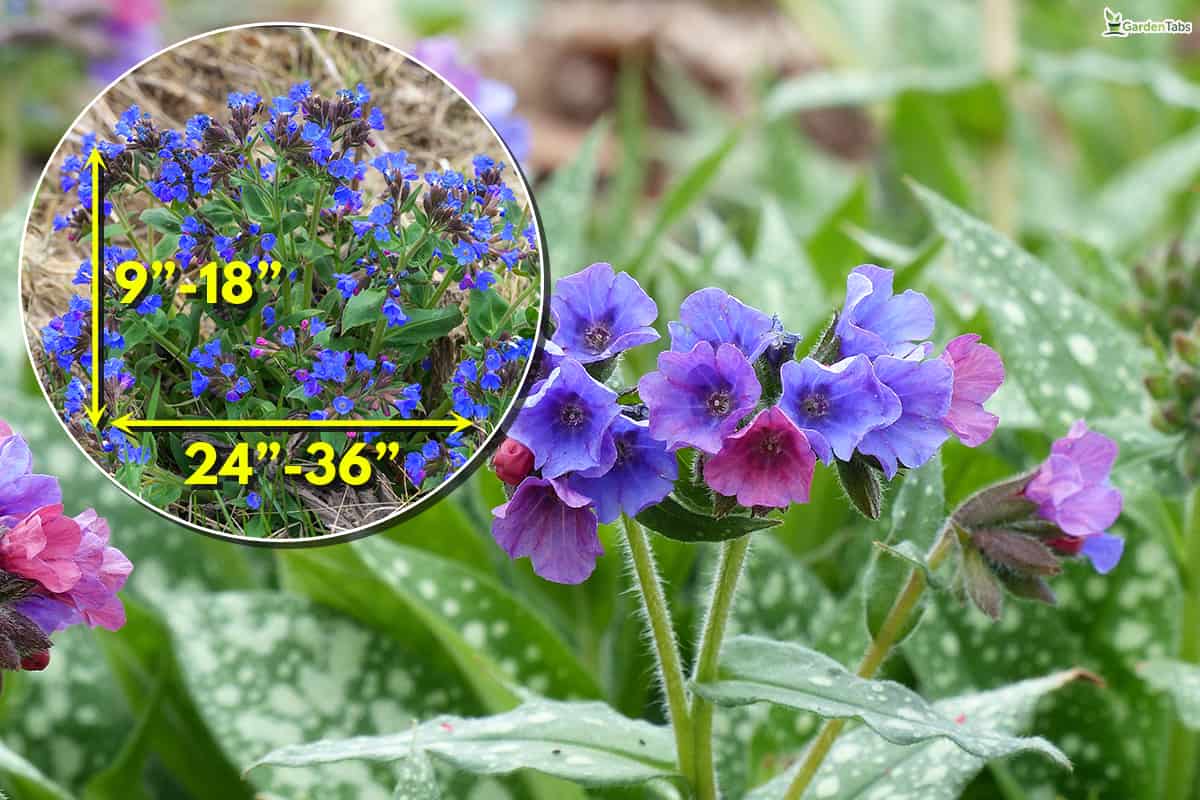
It is one of the first perennials to assist bumblebees in returning to the garden. You can see its flower buds growing in groups at the tips of each stalk a week or two after it emerges from the ground.
To complement the low-mounded, silver-speckled foliage, most cultivars have pink buds and blue or purple flowers that are both present on the plant simultaneously.
- Light Condition: part shade to full shade
- Zone: 3-9
- Spread: 24”-36”
- Height: 9”-18”
Heartleaf Brunnera
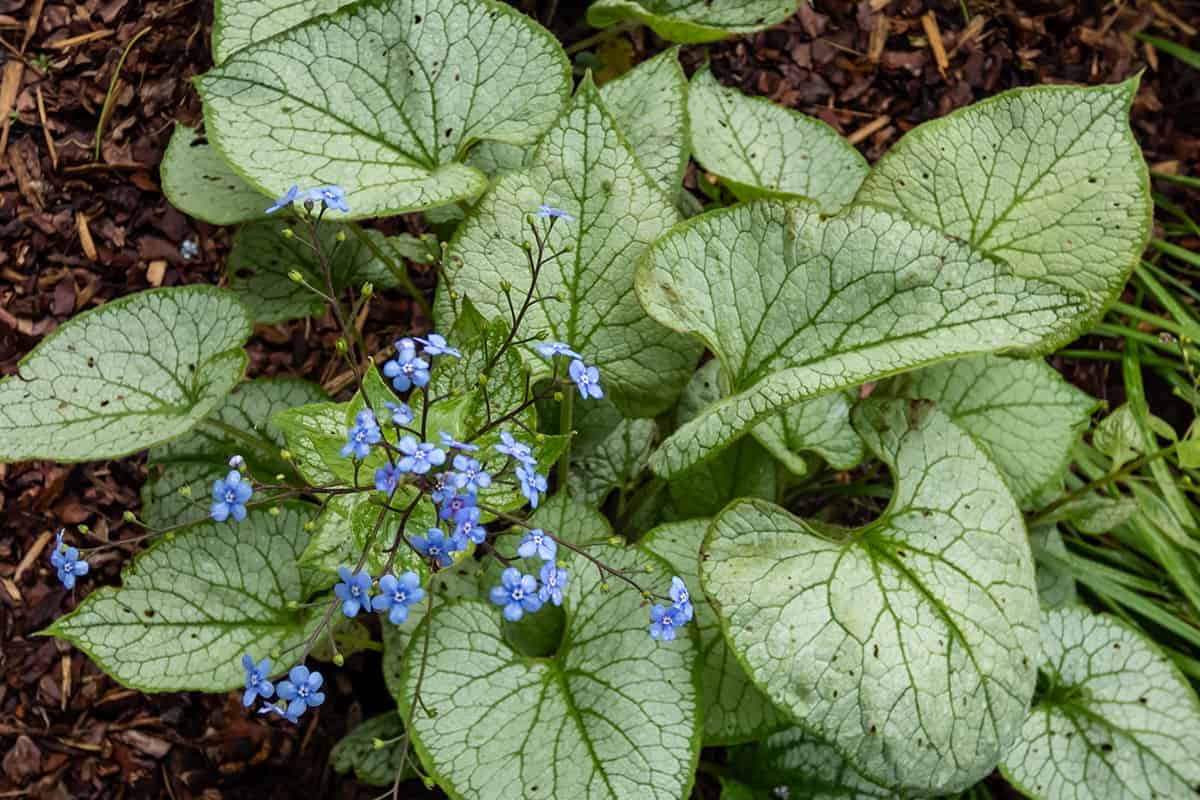
Brunnera is the ideal companion plant for spring bulbs like tulips since it blooms simultaneously and has huge leaves that hide the foliage as the bulbs lie dormant.
It thrives under the shade of big, deciduous trees like oaks, whereas tulips prefer the light, but both coexist peacefully.
The bulbs get plenty of sunlight before the trees start to leaf out, and the Brunnera is shaded until the trees are completely covered in leaves.
The extra-big leaves of the 'Jack of Diamonds' Brunnera are huge enough to engulf the withered tulips' foliage readily.
- Light Condition: part shade to full shade
- Zone: 3-8
- Spread: 12”-24”
- Height: 12”-18”
Blue Star
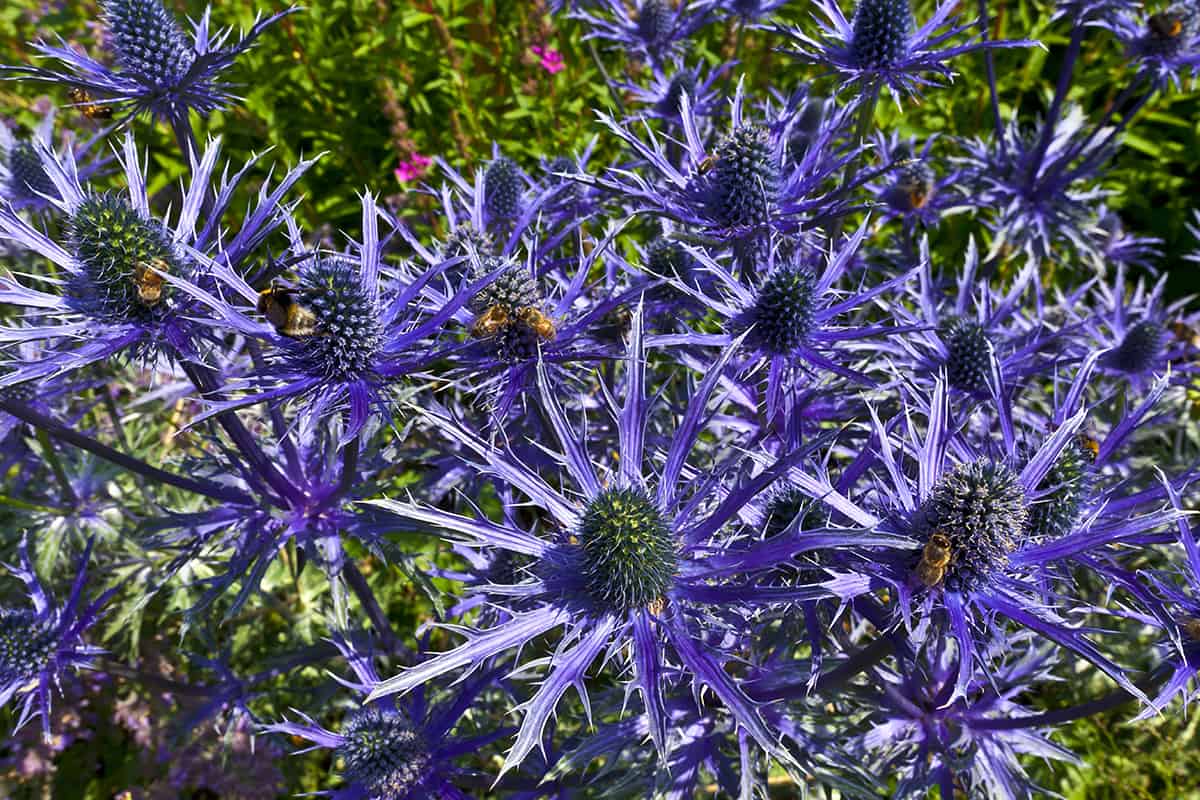
This native perennial blooms in the late spring among alliums, iris, and late-flowering tulips.
Since it grows higher than the majority of spring bulbs, its delicately textured foliage creates a lovely backdrop for shorter, vibrantly colored spring flowers put in front of it.
It has star-shaped flowers that are perched atop each feathery stem.
- Light Condition: full sun to part sun
- Zone: 3-11
- Spread: 24”-36”
- Height: 24”-36”
How To Plant Bulbs With Your Ground Cover
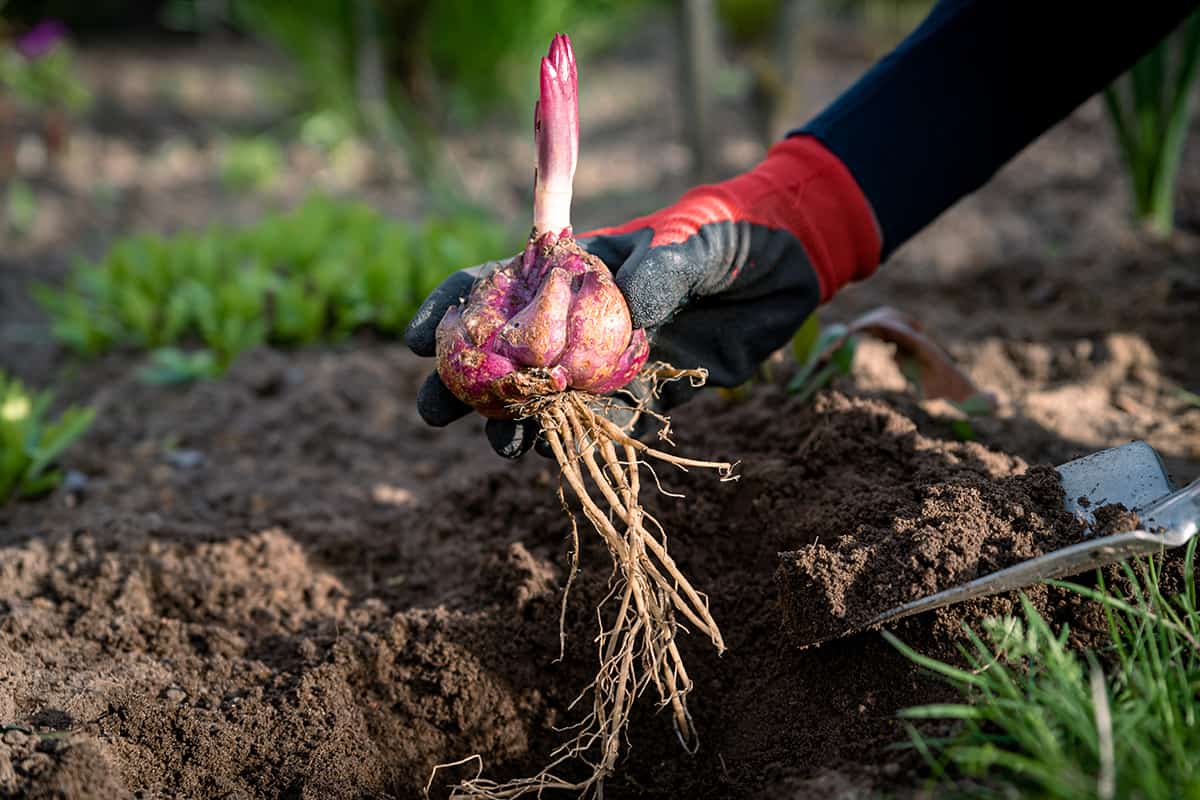
Ground cover plants serve as living mulch for your flowering plants, eliminating the need for wood chips or other mulching materials.
The ground cover and low-growing plants make it appear difficult to create a flower bed with flowering bulbs because there is a limited place for the bulbs to be planted.
Timing is everything when it comes to cultivating this appealing mix since what you plant and when you plant are practically equally essential factors which will be detailed step-by-step below.
1. Prepare The Soil
In the fall, prepare your flower bed by excavating to a depth of 12” and removing any rocks or other things that could block the growth of your bulbs and roots.
Mix in a 3” layer of compost to provide drainage and organic elements.
Click here to see this compost on Amazon.
Mix bone meal into the soil in the bed's bottom layer to promote root development. Then, sprinkle 5-10-10 fertilizers over the top of that layer of soil.
Click here to see this bone meal on Amazon.
2. Plant The Bulbs
Plant flower bulbs in a grid pattern or a more natural style by scattering them. To establish the depth at which to plant each bulb, refer to the instructions on the package.
In general, larger bulbs should be buried deeper than smaller ones, but each type of plant has different requirements.
3. Choose Ground Cover Plants
Pick a ground cover plant whose horticultural requirements are similar to those of the bulbs you planted. For instance, pair together ground coverings and bulbs that require full sun.
4. Plant The Ground Cover Plants
After the fall, bulbs start to sprout, but before they begin to grow, flower stems plant the ground cover plants in the spring. This will allow you to see where each bulb is located without disturbing them too much.
Place each ground cover plant among the developing bulb plants, adjusting the spacing as necessary.
Some ground covers thrive with only a few inches of space between them, while others require 24” or more. For a well-mixed garden, pay special attention to how the plants grow.
5. Water The Plants
After planting, give the bulbs and groundcovers some water. This will assist the planting bed soil settling and provide the plants with the moisture they need to begin roots.
To Finish Up
As long as you pick the right ground cover, there is no problem in growing your bulbs. Knowing that ground covers also act as aids in supporting the bulbs would be another reason why it's great to interplant them together.
Before you go, check out some interesting topics we have below:


